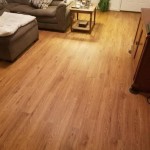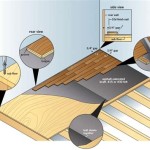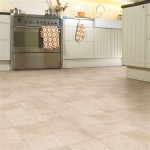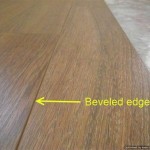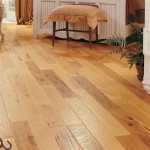Install Indoor Brick Flooring: A Comprehensive Guide to Enhance Your Interior Decor
Transform your living spaces with the rustic charm and timeless elegance of indoor brick flooring. Embracing the beauty of exposed brickwork, this flooring option exudes character and adds a unique touch to any room. Whether you're undertaking a renovation project or seeking to elevate the aesthetics of your home, this guide will provide you with a comprehensive overview of the essential aspects of installing indoor brick flooring.
Preparation: Laying the Groundwork
Before embarking on the installation process, thorough preparation is crucial. Begin by ensuring a level and stable subfloor, utilizing self-leveling compound if necessary. Next, waterproof the subfloor using a moisture barrier such as a polyethylene sheet to prevent moisture penetration and potential damage to the brick flooring.
Selecting the Right Bricks: Size, Texture, and Color
The type of brick you choose will significantly impact the overall look and feel of your flooring. Consider the size of the bricks, ranging from standard to intricate designs, and the texture, which can vary from smooth to tumbled. The color palette is equally important, with options from classic red to contemporary white or black.
Installation Methods: Adhered, Floating, or Loose-Laid
There are several methods for installing indoor brick flooring. The adhered method involves bonding the bricks directly to the subfloor using mortar or adhesive. Alternatively, the floating method utilizes a foam underlayment and interlocking edges to create a floating floor system. Loose-laid brick flooring, as its name suggests, involves placing the bricks directly on the subfloor without any bonding or interlocking. Each method offers unique advantages and constraints, so weighing the pros and cons is essential before making a decision.
Grouting: Enhancing Durability and Aesthetics
Grouting is an integral step in completing the installation process. Choose a grout color that complements the bricks and fills the spaces between them. Grouting not only enhances the durability of the flooring but also adds visual interest and helps protect against spills and stains.
Sealing: Protecting Your Investment
Once the grout has completely dried, seal the brick flooring to protect it from moisture, stains, and wear and tear. Utilize a high-quality penetrating sealer that will not alter the appearance of the bricks while providing long-lasting protection. Regular maintenance, such as sweeping, mopping, and resealing, will ensure the longevity of your indoor brick flooring.
By following these essential aspects, you can successfully install indoor brick flooring, transforming your living spaces into unique and inviting havens. Embrace the timeless beauty of exposed brickwork and enhance your home's interior with a touch of rustic elegance.

How To Install Herringbone Brick Floor Tile Jenna Sue Design

How To Install Herringbone Brick Floor Tile Jenna Sue Design

Brick Flooring 101 How To Lay It And Take Care Of From Someone Who Has Done Herself Emily Henderson

Adding Brick To The Inside Of Your Home Evolution Style

Things To Know Before Installing Brick Floors
Interior Brick Flooring

Follow The Yellow Brick Home Beautiful And Timeless Floors A Kitchen Makeover Sneak K

Adding Brick To The Inside Of Your Home Evolution Style

Follow The Yellow Brick Home Beautiful And Timeless Floors A Kitchen Makeover Sneak K

How To Install Herringbone Brick Floor Tile Jenna Sue Design
Related Posts



